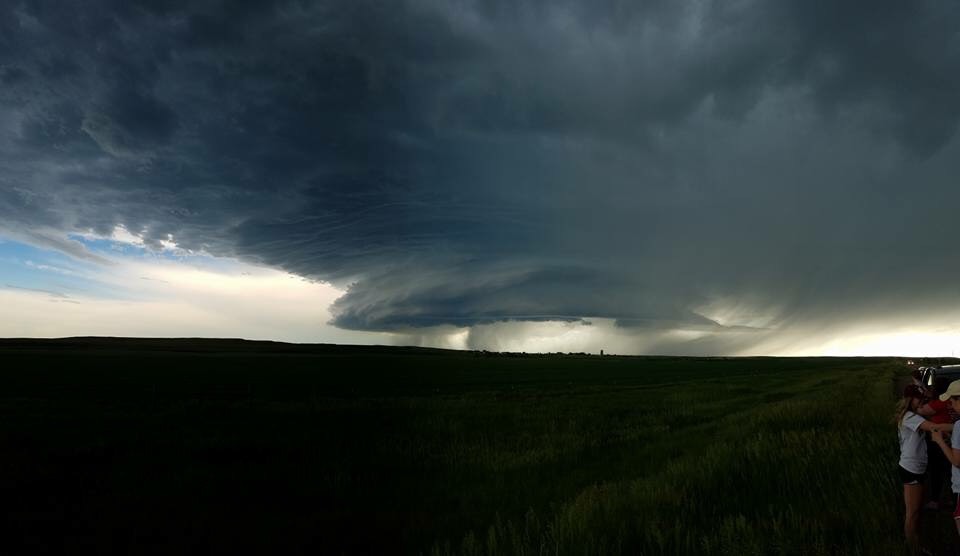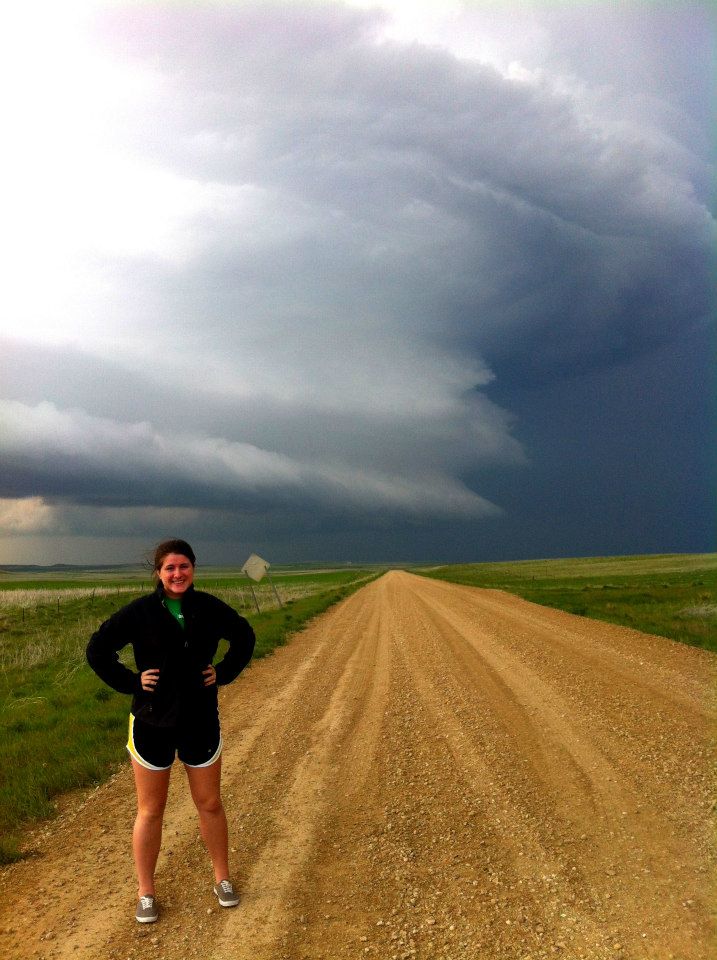Inside the Storm: Taking the classroom to tornado alley
We are already in the mix of severe weather season with the peak just around the corner! These storms can be fascinating yet ominous!
Meteorologist Emily Kennedy went back to her Alma Mater where severe storms and tornadoes become the classroom.
Every May and June, Valparaiso University’s meteorology program goes on a Convective Field Study, also known as storm chasing. Meteorology students are invited to go on this 10-day field study to ge
t hands-on forecasting and real-world experience.Dr. Bart wolf has lead the storm chase every year since he started the program back in 1993. The program is now in it's 25th year with a just over 600 students that have participated.
He says, “Anytime we can give students the opportunity to gain real-world experience, in this case forecasting and analyzing, and documenting in the field, we’re going to take that opportunity.”
During the field study, students travel anywhere from the Midwest, to the Central Plains, up through the Northern Plains; forecasting and analyzing storms on the move. The longest trip was a little over 6,300 miles!
For Dr. Wolf, it's not the miles driven or the storms they see that is his favorite part, he says “It’s the students that have never been out before, that are going for the first time who learn after 10 or 11 days on the road, ya know what, I can forecast this, I can understand this, I’ve observed this, it’s very very exciting for them. That makes it exciting for me, that’s why I still do it.”
It is an experience students never forget.
Senior Aaron Mehner is the Director of Valparaiso University Storm Intercept Team (VUSIT), a student-lead organization that goes on regional “day chases”. He says "My favorite memory from storm chasing definitely has to be my first really big supercell that we got on the convective field study over the summer.”
Aaron describes the chase he will never forget, “The chase that morning was actually lead by the underclassmen on the trip so it was really cool to see some of the people who were relatively inexperienced compared to the rest of the group, lead a chase that ended up being very successful for the rest of the trip.”
While storm chasing has greatly helped students learn and gain experience in the field, there’s still a lot to learn. Dr. Wolf explains, “You really have to go out there and ground truth what is being observed with what folks that are using models and remote sensing tools like satellite and radar think they’re seeing. That helps the warning process, that helps the understanding of how these storms operate in different environments.”
When students get back in the classroom, they’re ready to apply what they’ve learned. Meteorologist Emily Kennedy was able to go on the Convective Field Study when she attend Valpo and still uses what she learned during that trip to forecast storms in Michiana.
If you're interested in learning more about the Meteorology Program at Valparaiso University you can click here.
















